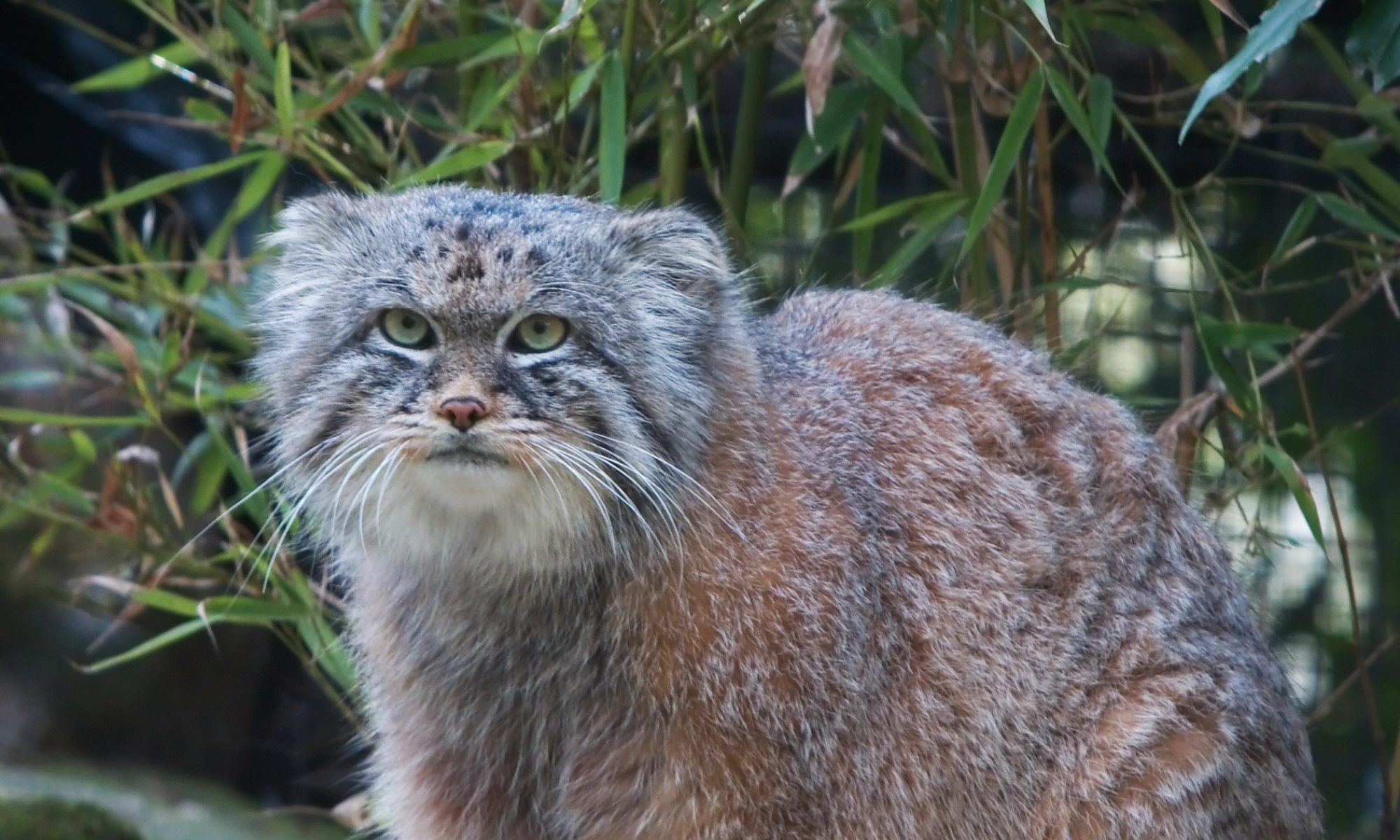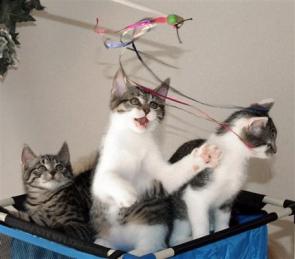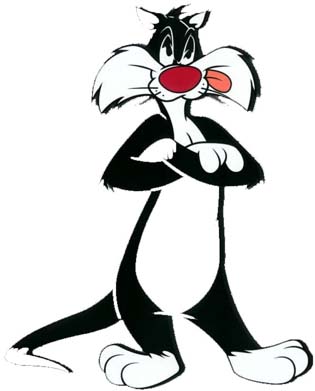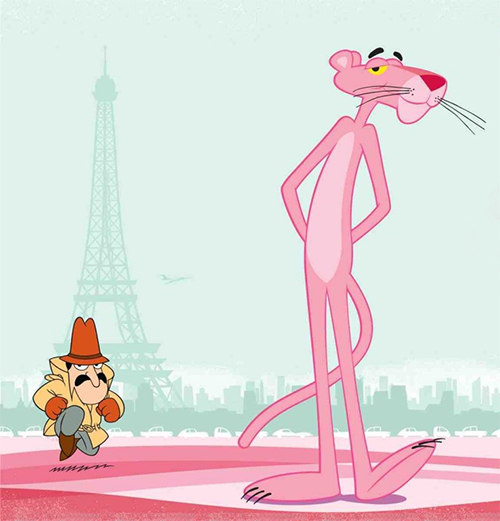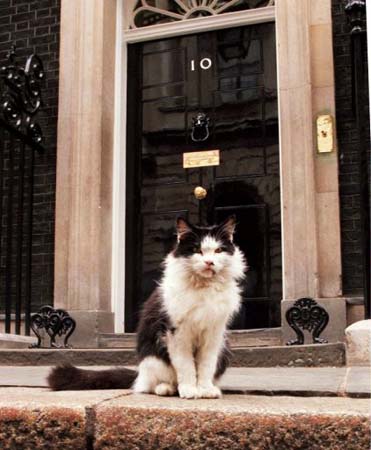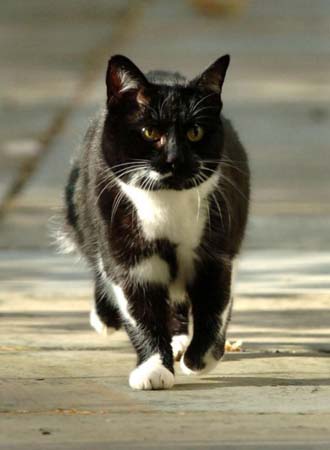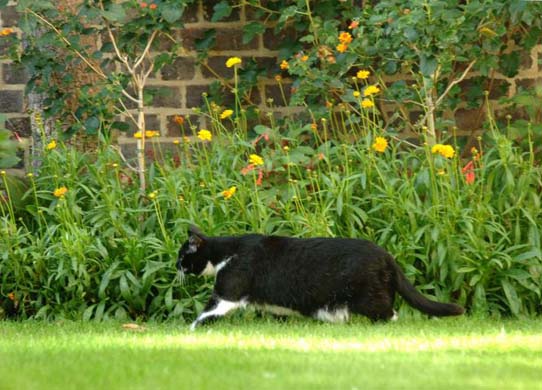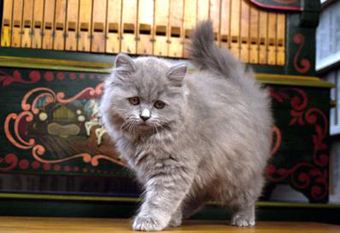The American Curl is a breed of cat characterized by its unusual ears, which curl back from the face toward the center of the back of the skull.
The breed originated in Lakewood, California as the result of a spontaneous mutation. In June, 1981, two stray kittens were found and taken in by the Ruga family.
The kittens were both longhaired, one black and the other black and white. The family named them Shulamith and Panda respectively, but Panda got lost several
weeks later, making Shulamith the foundation female of the American Curl breed.
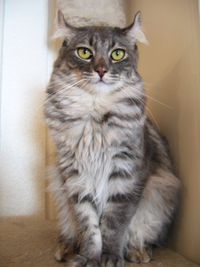
In 1983, an American Curl was exhibited at a cat show for the first time, and in 1987, the longhaired American Curl was given championship status by The International Cat Association (TICA). In 1993, the American Curl became the first breed admitted to the Cat Fanciers’ Association (CFA) Championship Class with both longhair and shorthair divisions.
The American Curl is a medium sized cat (5-10 lbs), and does not reach maturity until 2-3 years of age. They are strong and healthy, remarkably free of the genetic defects that affect many purebred cats.
American Curl kittens are born with straight ears, which begin to curl within ten days. After four months, their ears will not curl any longer, and should be hard and stiff to the touch. A pet quality American Curl may have almost straight ears, but showcats must have ears that curl in an arc between 90 and 180 degrees. A greater angle is preferable, but cats will be disqualified if their ears touch the back of their skulls.
Both longhaired and shorthaired American Curls have soft, silky coats which lie flat against their bodies. They require little grooming, but enjoy spending time with their owners.
The American Curl, while still an uncommon breed, is found across the world in the United States, Spain, France, Japan, Russia, and many other countries.
[Thanks to wikipedia.org]
